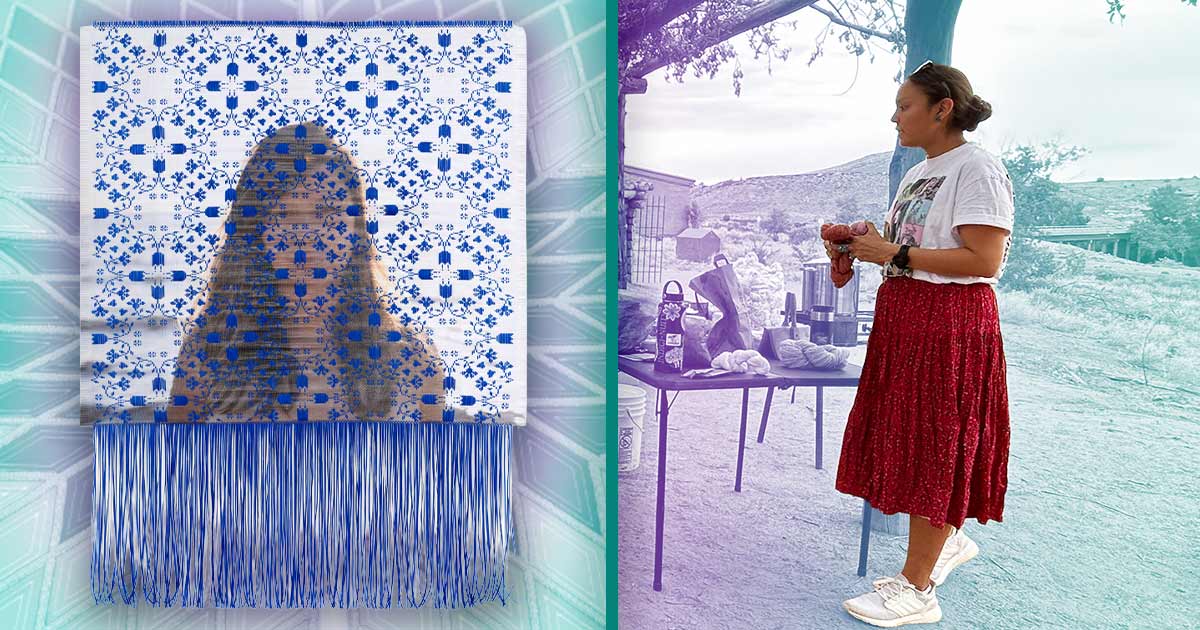
Beyond the Dance
On a dark stage, flood waters are projected over Rosy Simas Guthrie (Seneca) and over her simple white prairie dress, a dress like her grandmother wore in boarding school. The floods meet a crinkled screen behind Rosy. Her shadow moves with it. She dances in her grandmother’s time and now. She moves with the images, the sensations, the memories. Voices echo Seneca words. Quadraphonic sounds of the land and water recorded in the area around the New York reservation fill the air.
Her grandmother’s letters are read. They are filled with humor, wisdom, and how the grandmother committed to hold on to her identity as a Seneca woman.
Every sound, every sight, every movement in We Wait in Darkness is healing.
Emotion is heavy beneath Rosy’s skin, but it never overtakes her. She is passionate in her approach to bring her people and her history together through dance. She transforms small movements or complete stillness into a captivating story.
This dance is a personal artwork of loss, family, perseverance and home. Rosy spent time researching more about Seneca culture and its matrilineal society, and unraveled her grandmother’s heartbreaking story. Rosy traveled to the New York reservation to speak with elders, to trace generational scars, to find what she needed to bring back for healing.
Rosy’s work is not to educate non-Natives about Native culture. It is to encourage the audience — no matter their race — to see Native people in a contemporary light and as a vital part of 21st century American art. Her choreographies express cultural and historical truths.
Dance is a way to translate Rosy’s stories into a form that draws out the memories deep inside everyone. It goes beyond watching a performance. The audience experiences a story, both Rosy’s and their own.
Rosy brings out a map of Seneca lands. She tears it up and passes the pieces around. It’s time to heal.







































































































